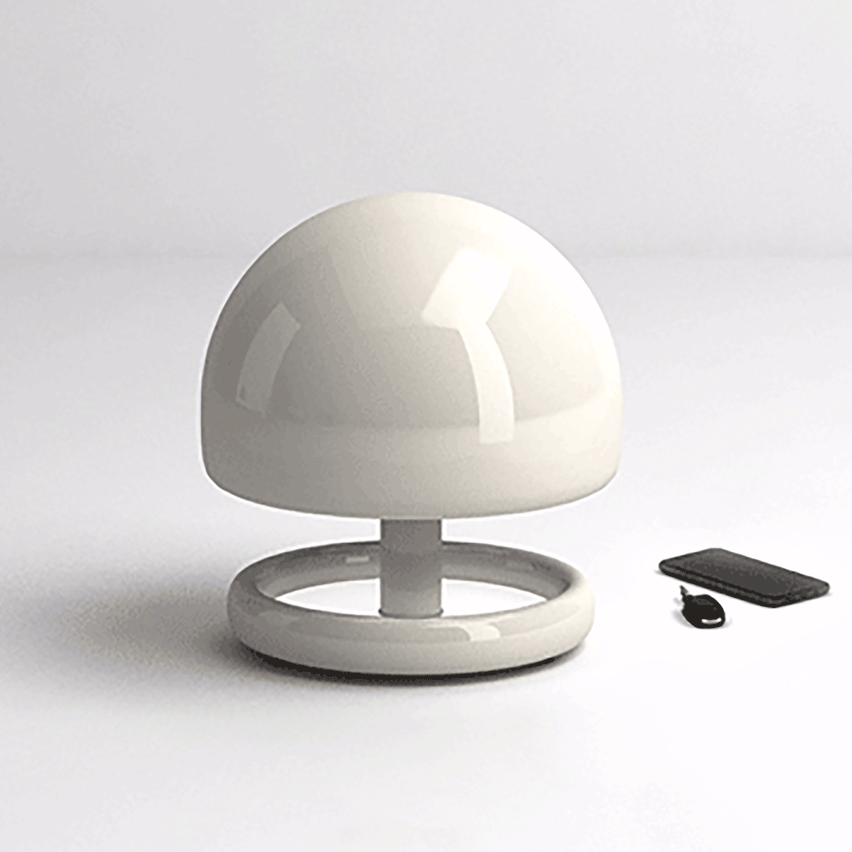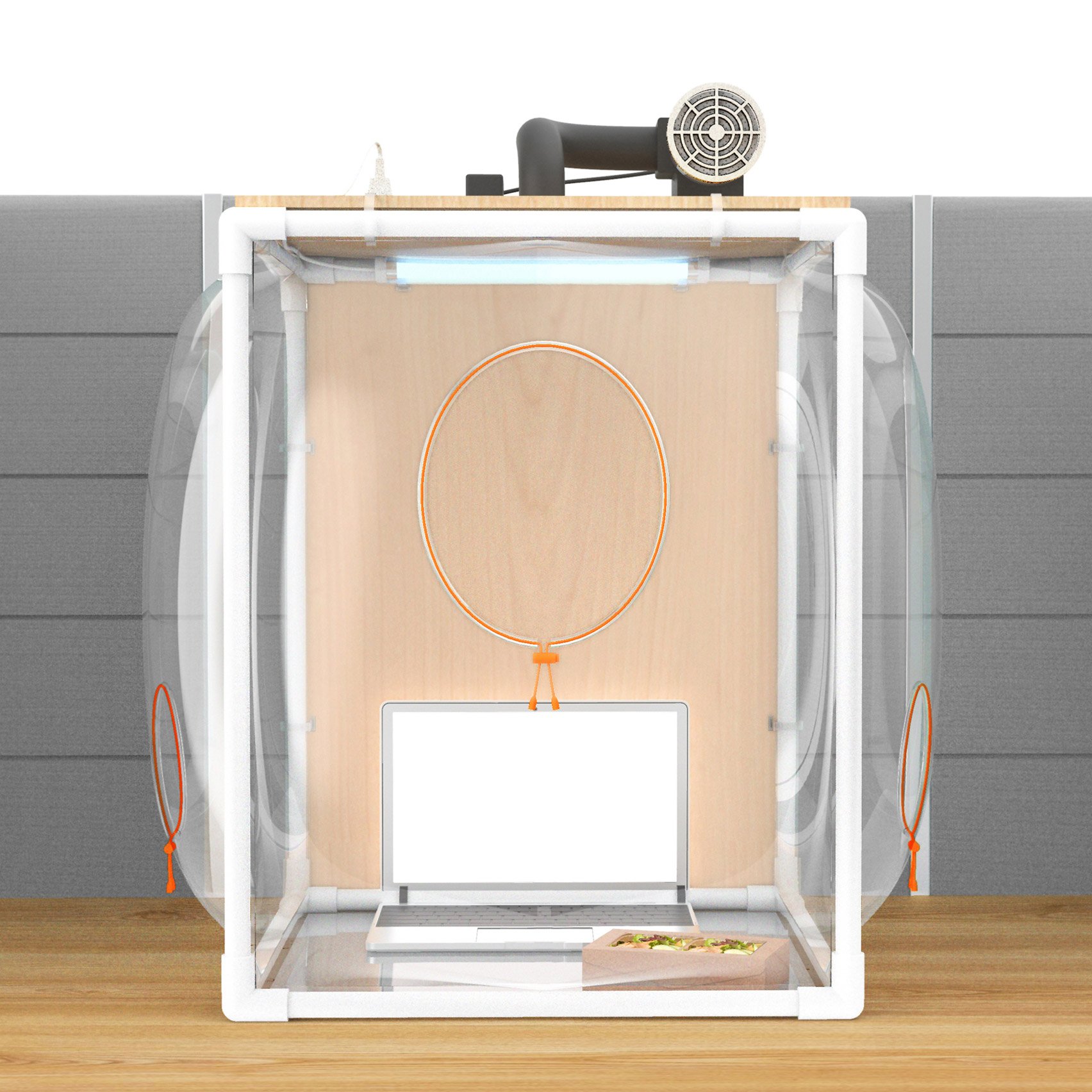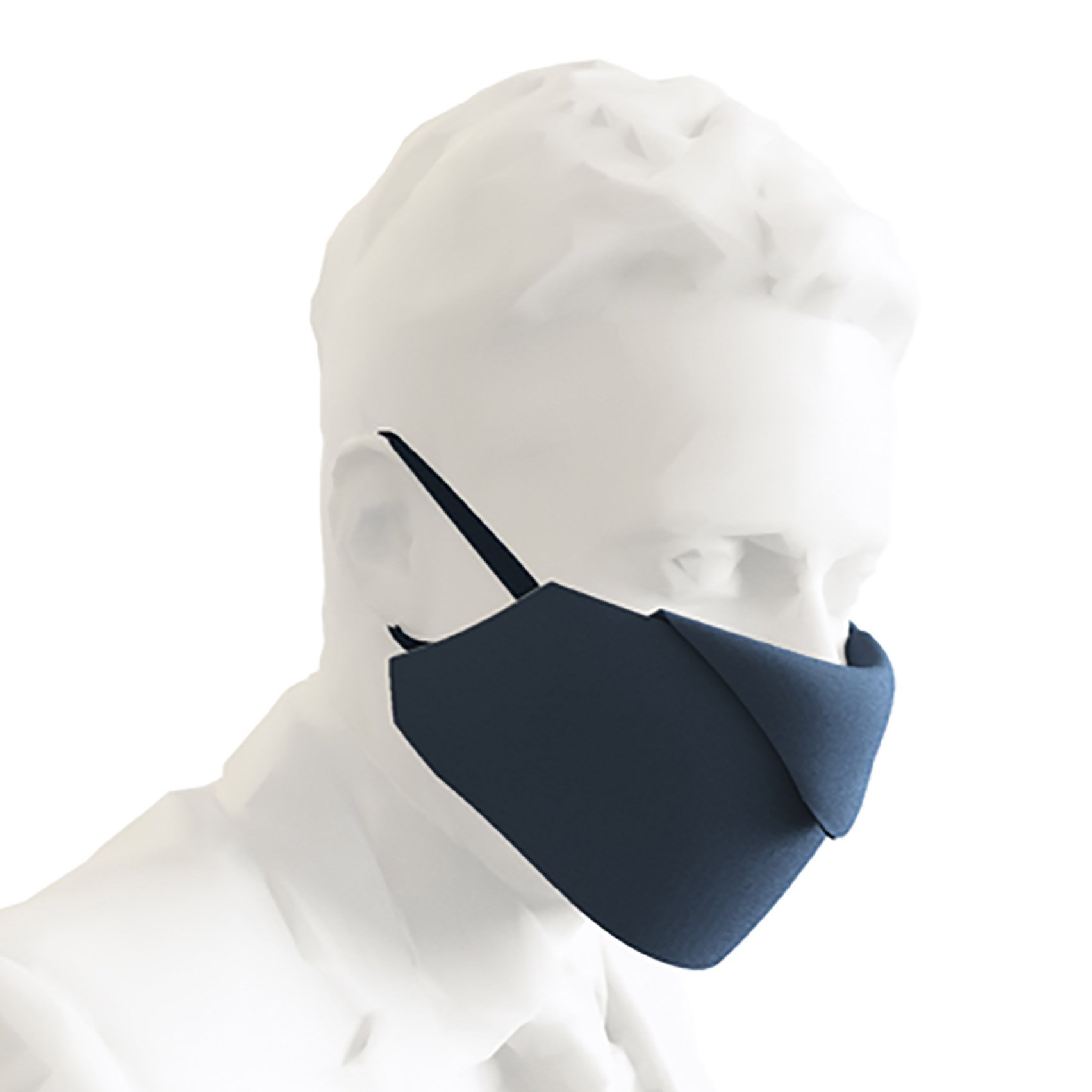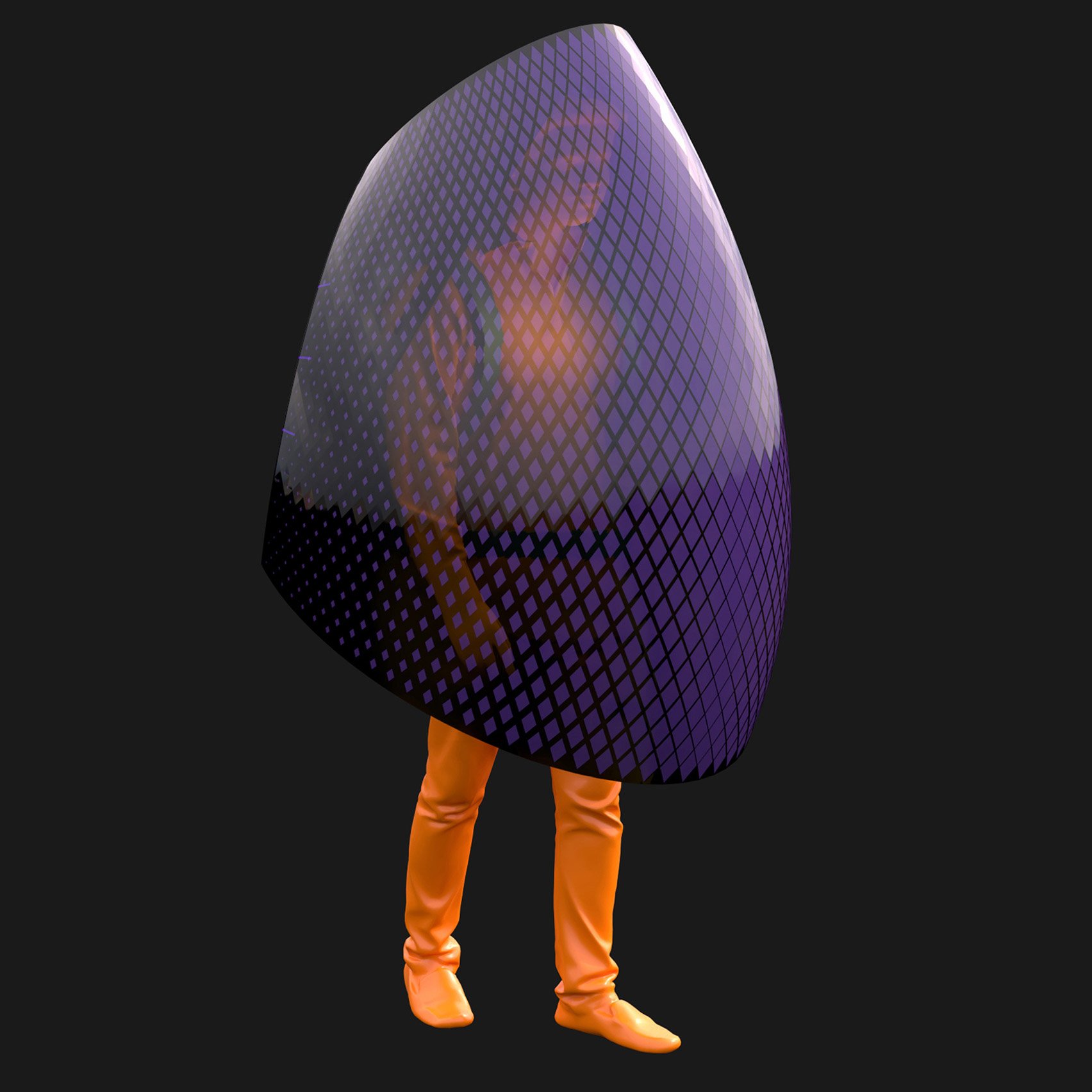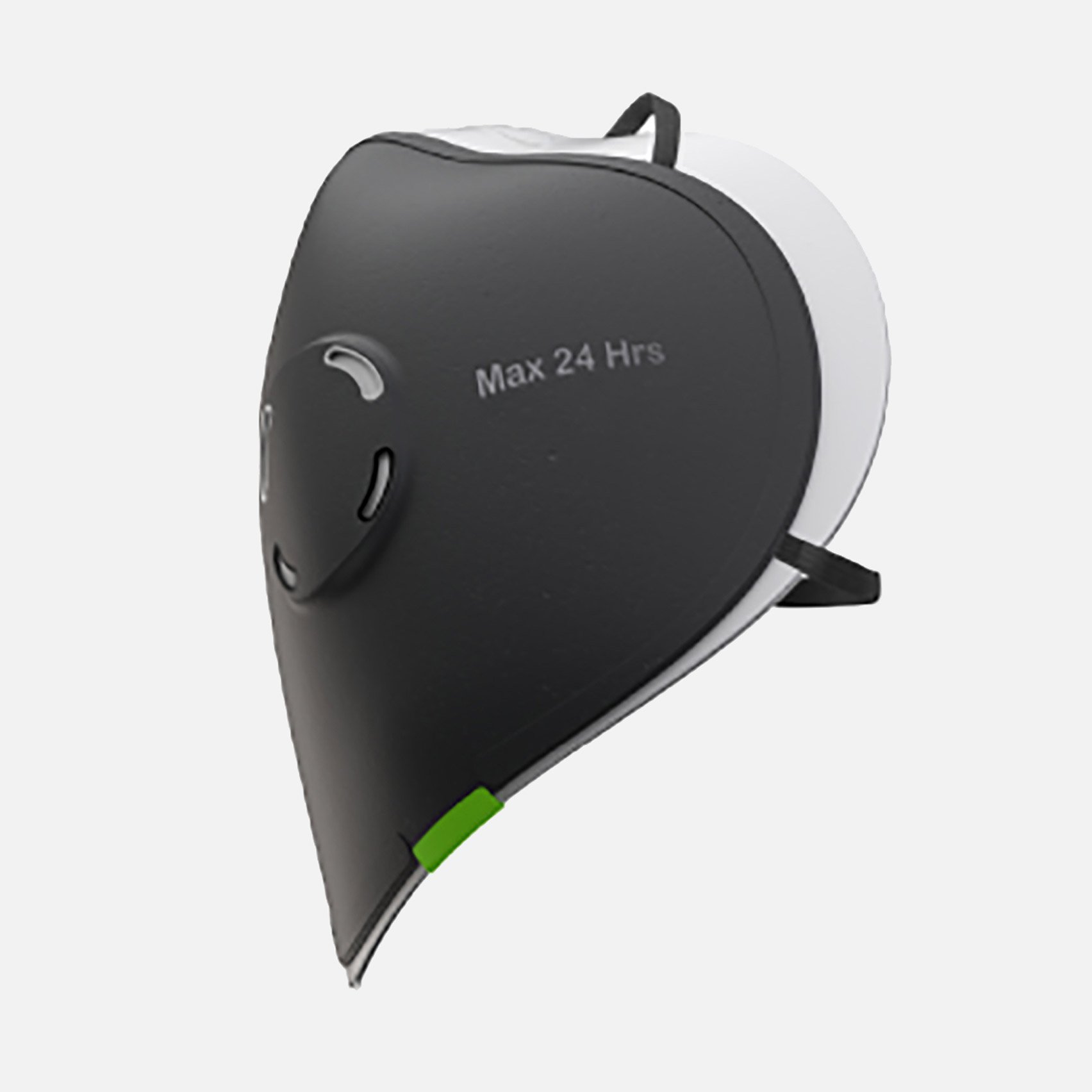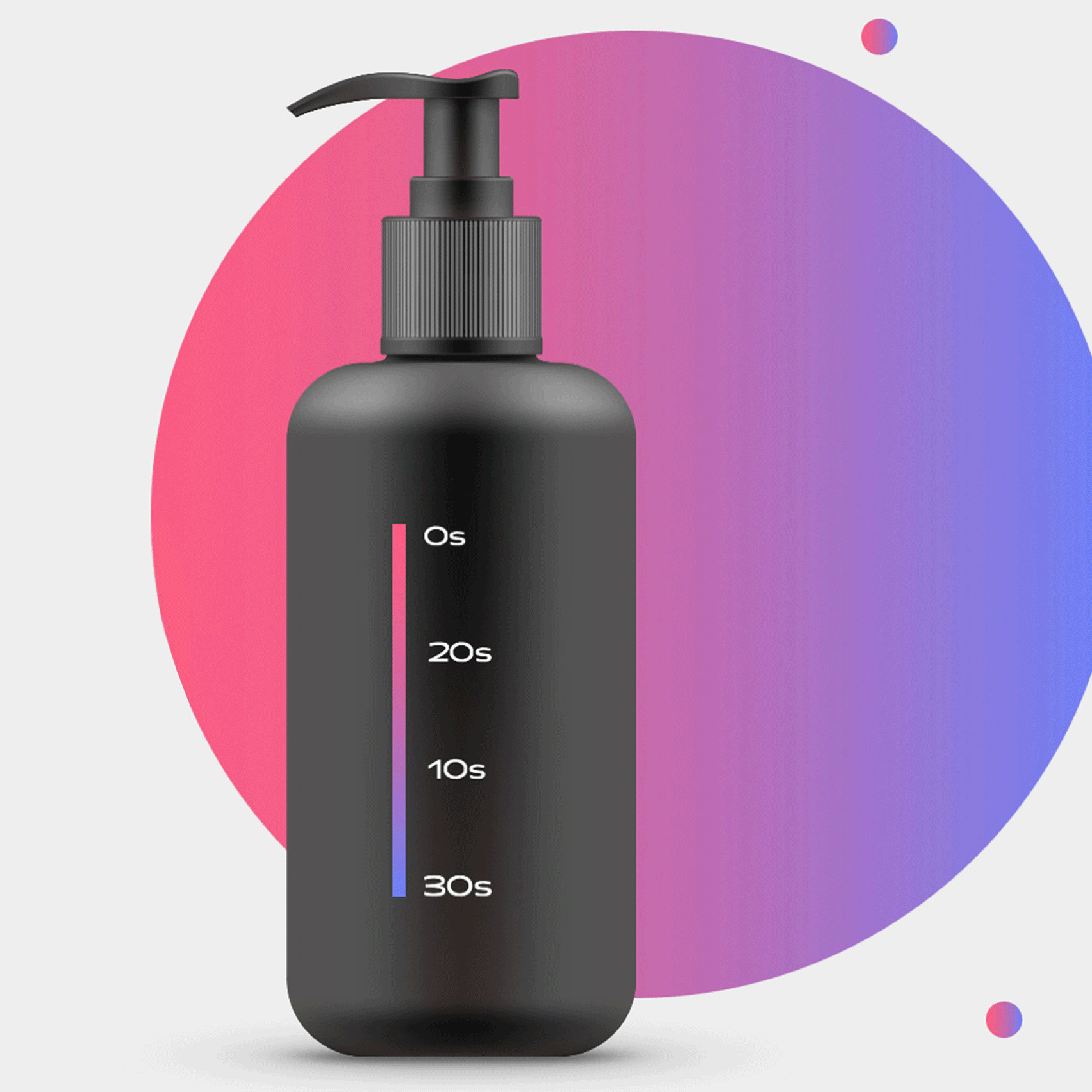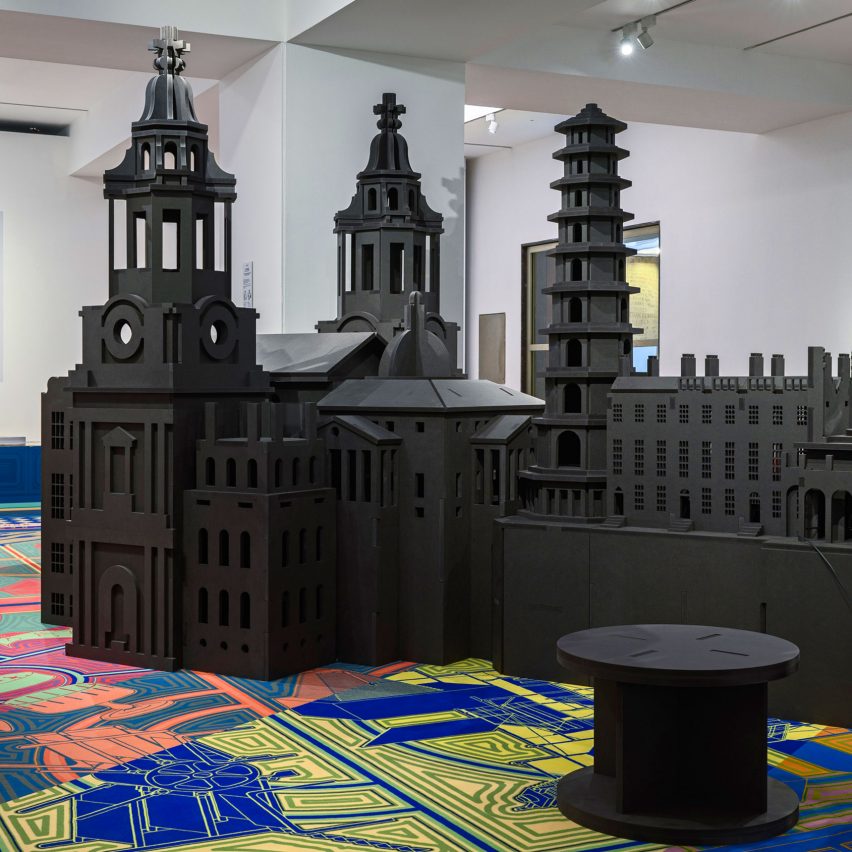
Space Popular is exploring how virtual reality and mass production are set to disrupt architecture. Founders Lara Lesmes and Fredrik Hellberg talk Dezeen through six of their experiments.
Lesmes and Hellberg founded Space Popular in Bangkok in 2013. Now based in London, they work on a diverse range of projects, including exhibitions and installations, as well as architecture, interiors and furniture.
Several of their projects explore the idea that VR is going to revolutionise architecture in the near future, as people increasingly spend time inside virtual buildings and augmented spaces.
"This technological ability for you to be in many places simultaneously impacts the kind of buildings that you want to see, the buildings you want to build and the type of environments you want to have," said Hellberg.
"You look at social VR platforms and 90 per cent of them include some kind of enclosure, even though you could just be on some plane" added Lesmes. "It highlights the role that architecture plays in structuring behaviour."
Hardware and software of architecture
The duo apply the same kind of systems-based thinking used in VR to their architectural projects. They believe that standardisation and mass production can facilitate new forms of craftsmanship.
"We're interested in the software of architecture, the effect it has on culture, but we also really enjoy projects that dealing with hardware issues, like fabrication techniques," said Hellberg.
Here, Lesmes and Hellberg talk through six projects that embody their ideas:
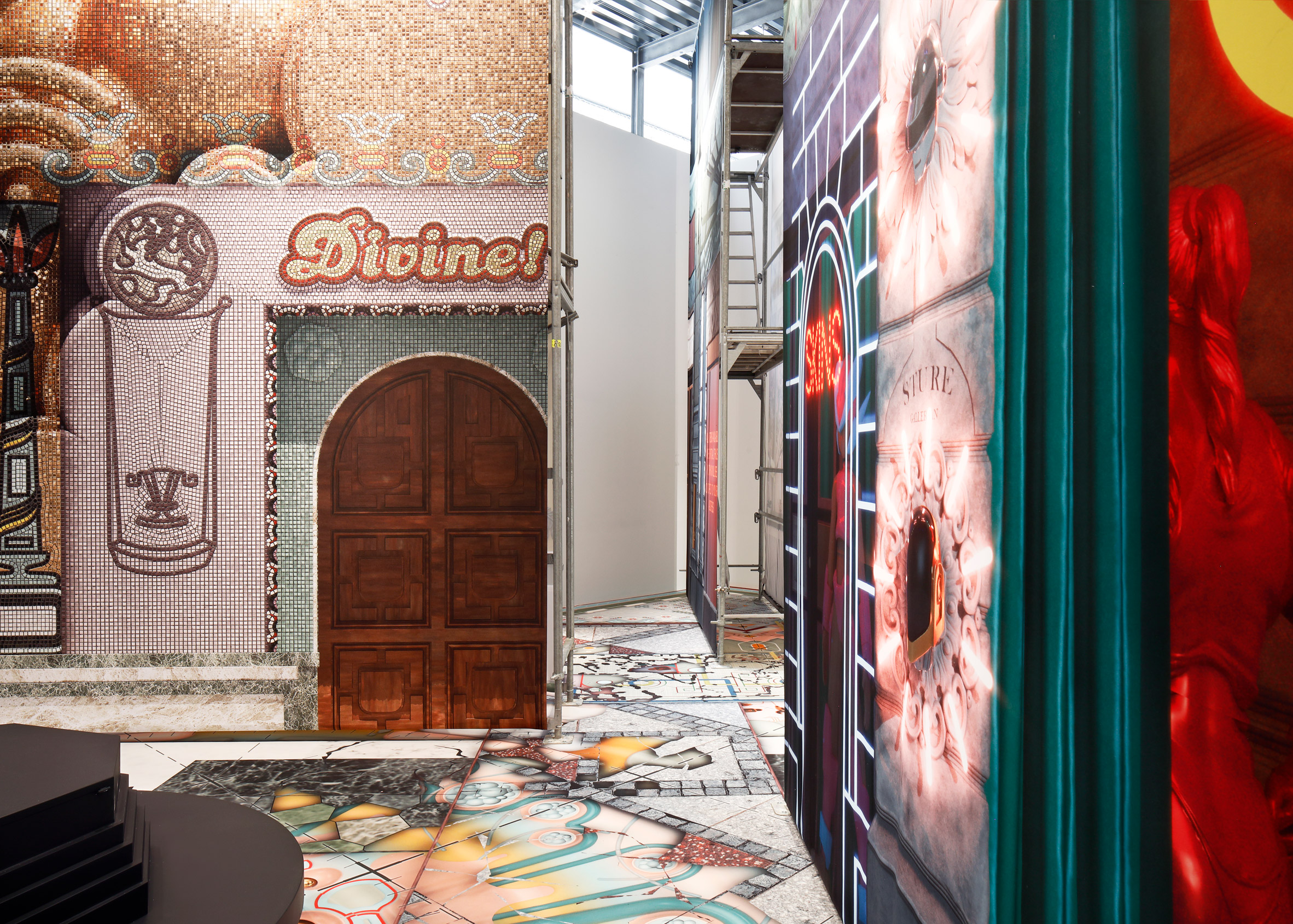
Value in the Virtual
This installation at ArkDes in Stockholm in 2018 was Space Popular's first exploration of how physical and virtual architecture can be overlaid. It suggested that existing spaces around the city could be transformed by the arrival of the digital.
"It's a very large thesis on the coming of the virtual and what that will mean for architecture," said Lesmes.
"The focus was on how we assign value to physical architecture and seeing how much of that can translate to virtual," she continued.
"We realised that things that are quantifiable, such as the location or the materiality, do not apply to the virtual. The only things that apply are the immaterial and qualitative aspects. It's all about the experience."
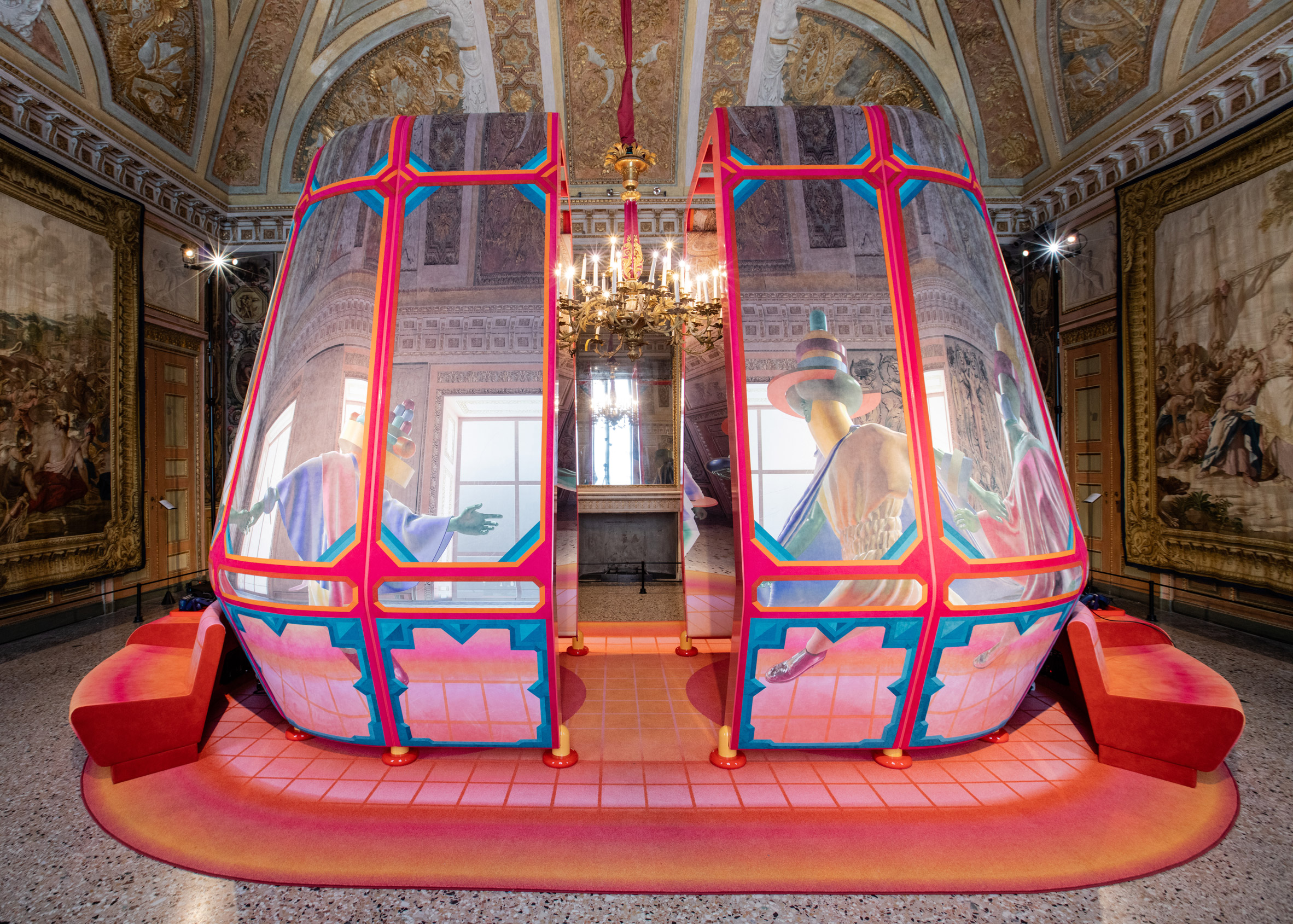
The Wardian Case
This large container takes its cues from the devices used to transport rare plants in the 19th century. Here, the container is carrying history from its setting, the Palazzo Reale in Milan, into a new digital future.
The tapestries that hang in the palazzo illustrate the Greek mythology of the Argonauts. When visitors put on headsets, they saw the same characters through the new medium of VR.
"We were interested in looking at the tapestry as the floppy disk or USB stick of its day," said Hellberg. "We created a virtual reality experience where you could interact with the Argonauts, allowing them to continue travelling through history."
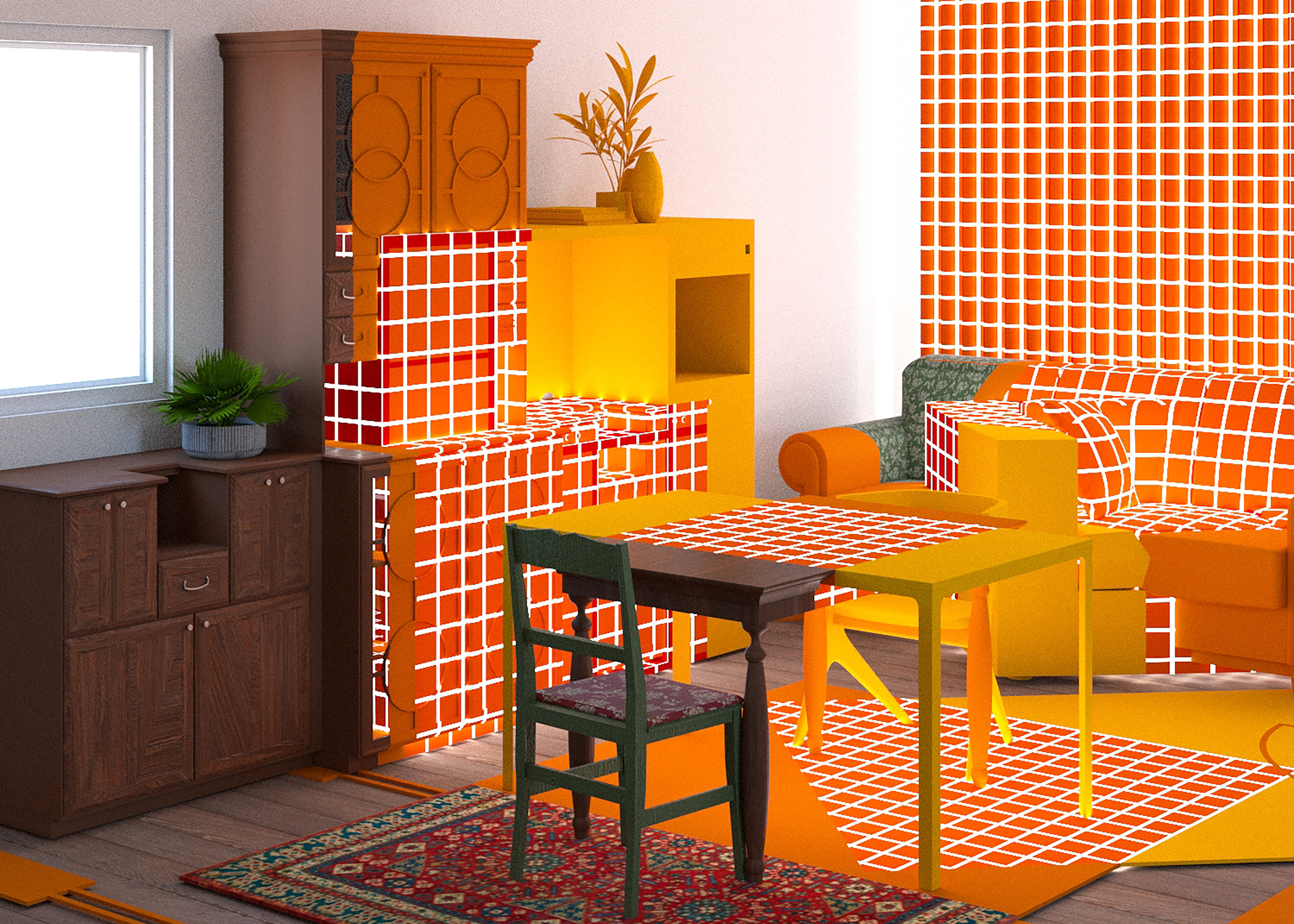
The Venn Room
Just like a Venn diagram, this installation from the Tallinn Architecture Biennale 2019 suggests what might happen when virtual reality allows two or more physical worlds to combine.
It imagines that, when people in separate places communicate with one another through VR, a new environment will be created that is an average of their two homes.
"We were speculating that, over these years, these intersections become sentimental," said Hellberg. "So like grandpa's dresser and your IKEA table, and the way that they meet every single day, becomes meaningful."
"This will be a real life IKEA problem in 10 years. It will be a big deal," he added.
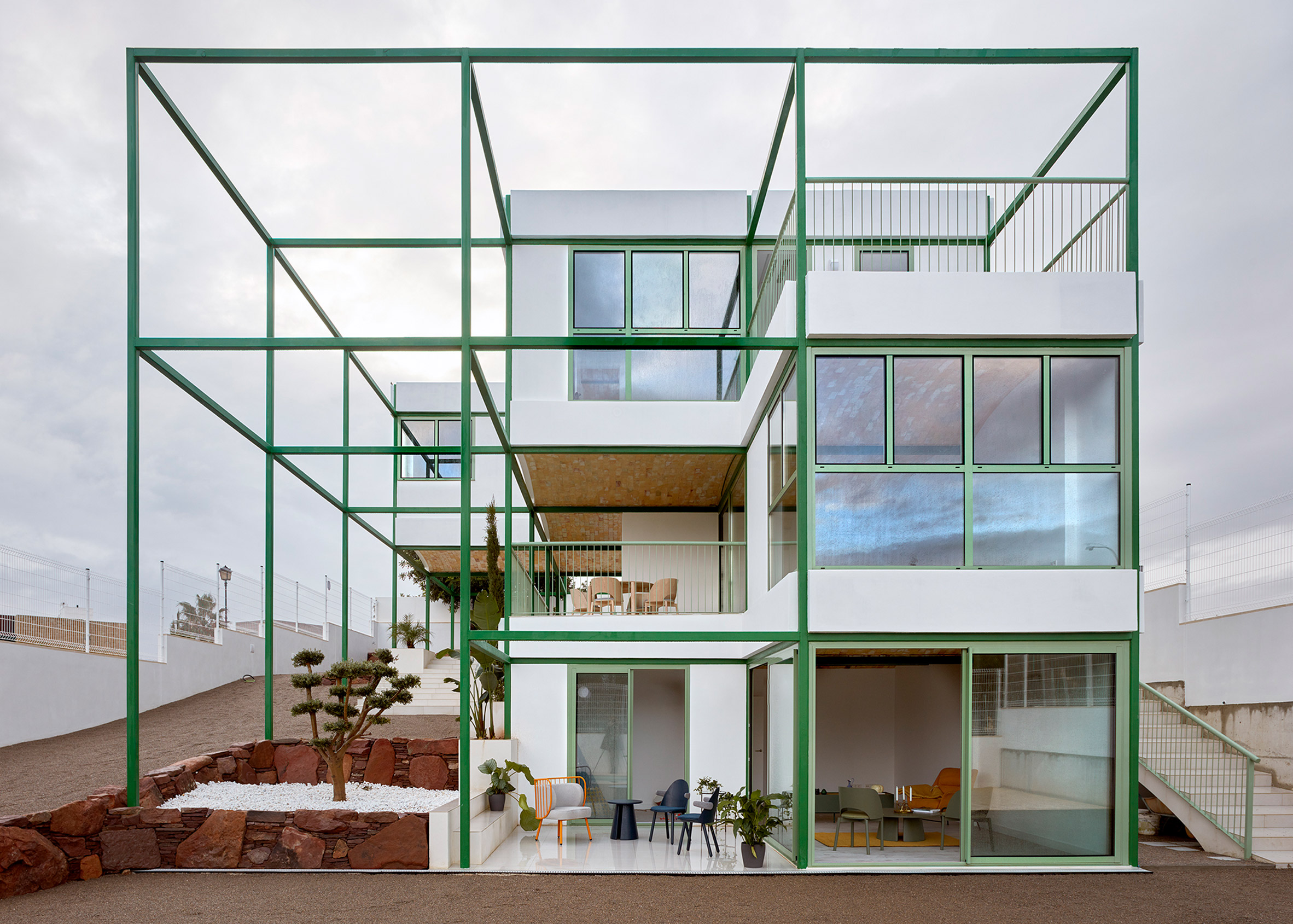
Space Popular's first completed building is a four-bedroom house shaped by a bright green steel frame and shallow vaulted ceilings. The building's unconventional superstructure is designed to be easily adapted to suit any site, allowing the building to become an attractive prototype for standardisation.
"It's about making experiences in ways that actually make sense in the way they are produced," said Lesmes. "It doesn't necessarily mean that you go for 'the less is more' approach."
"Others in our generation who do stuff that looks similar would often be referred to as extravagant," added Hellberg. "But actually all the built work we do is incredibly efficient."
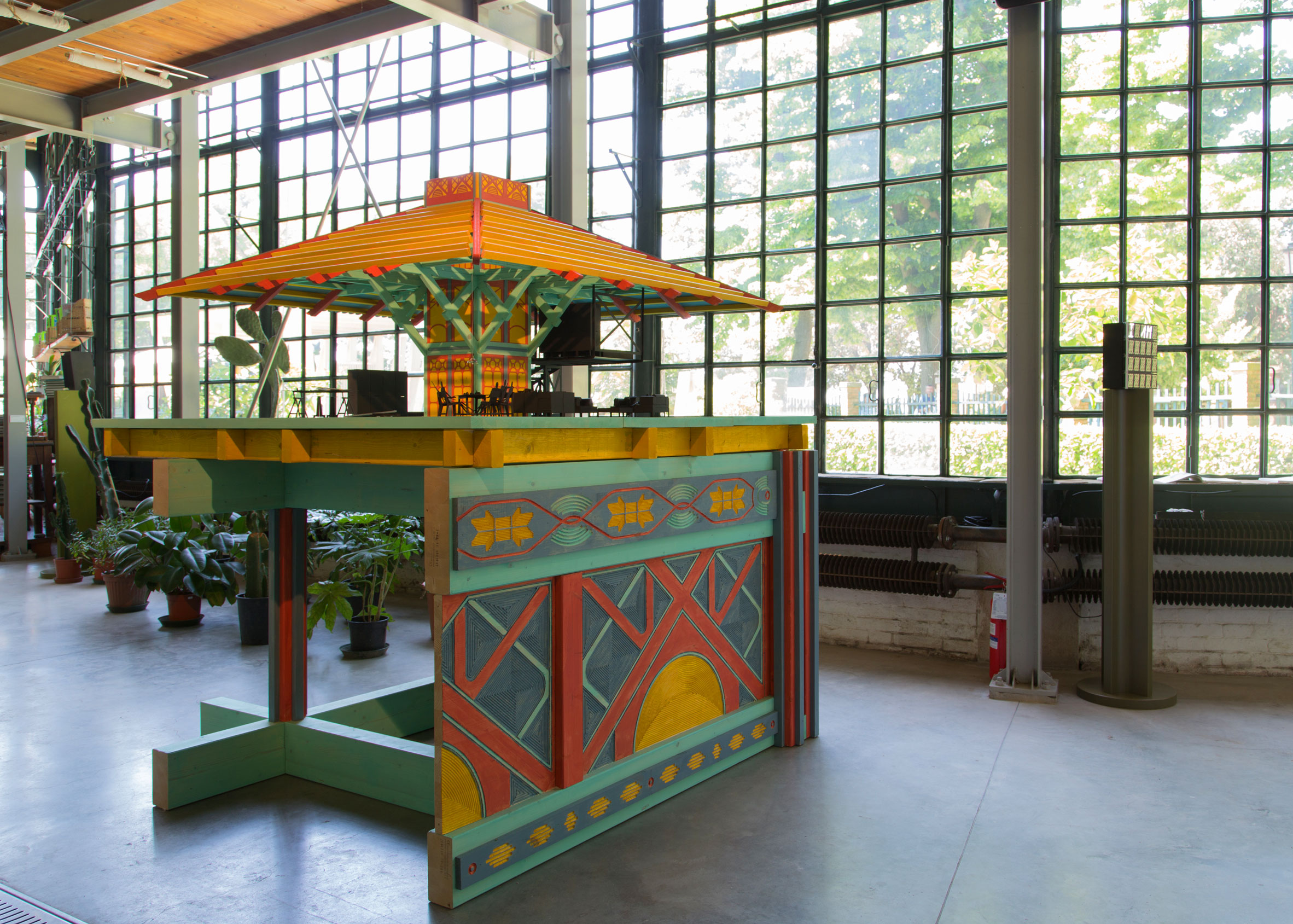
The Timber Hearth
At the Venice Architecture Biennale in 2018, Space Popular presented a model for a new construction system using engineered wood. It is based on the idea that someone might buy a half-built home and finish it to their specification.
The design consists of a timber "hearth", offering heat, ventilation, water, electricity and structure. The rooms of the house would then be built around the outside.
"There have been a lot of really exciting projects in the last 10 years thinking about how a house can be affordable if you skin it out. What we're trying to do is the reverse," said Hellberg.
"You have a framework that gives you some basic order, whilst leaving a lot of freedom," added Lesmes.
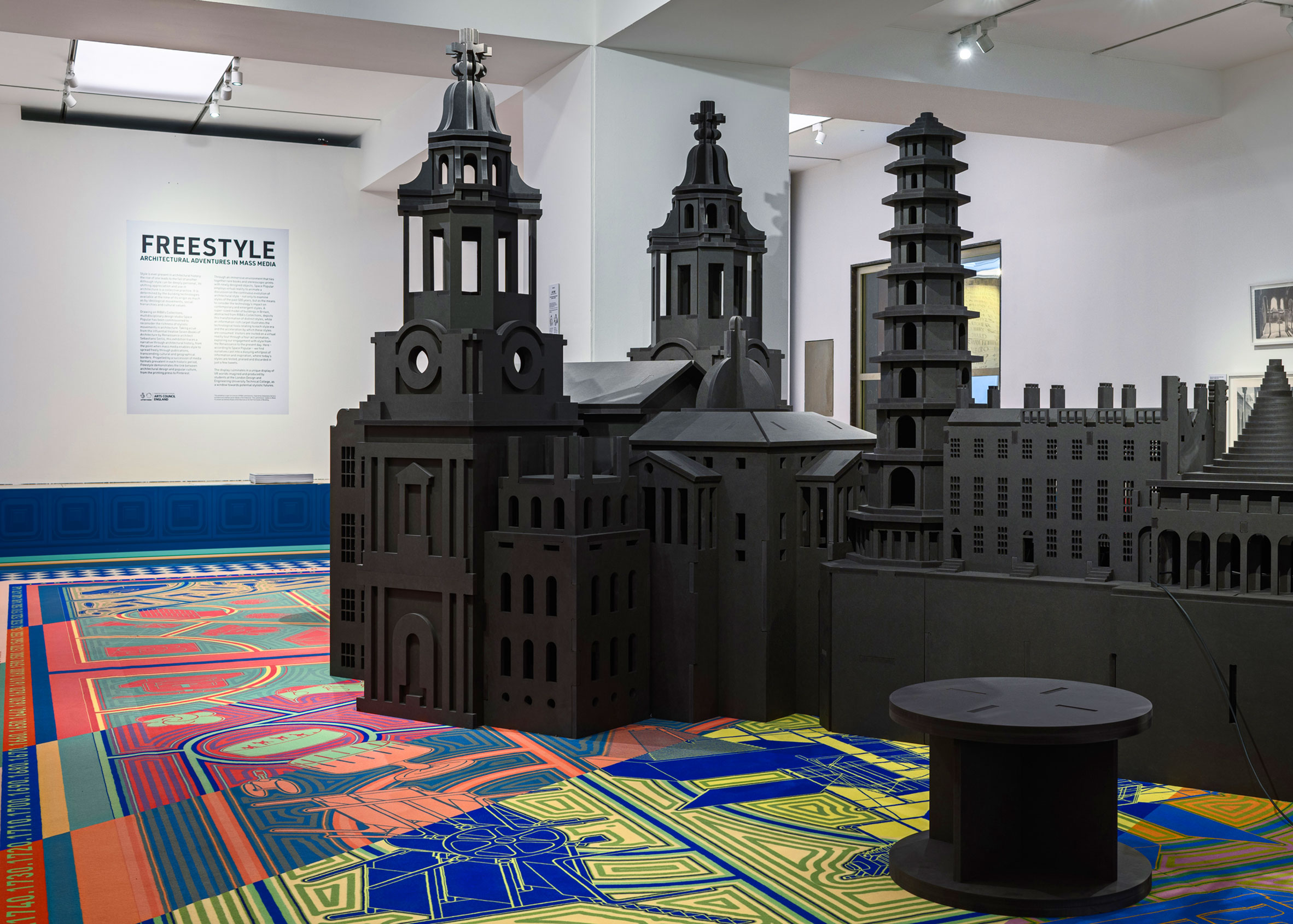
Freestyle
Space Popular's latest exhibition, currently on show at the RIBA in London, charts the last 500 years of architectural history. Using VR, it explores how architectural style has always been shaped by changes in mass media, from the magazine to the video game.
With the arrival of VR, the pair suggest that architectural style is about to change more radically than ever before.
"We think that there's a shift coming in the next 20 years, where we will be able to draw a line in the history of media in architecture," added Hellberg.
"In the past, we were interacting with our body being removed. From now and onwards, the body is being brought into the medium, and the medium itself becomes architectural. This is why it is so urgent for us to be asking these questions."
The post Space Popular presents six projects that challenge the physical and virtual future of architecture appeared first on Dezeen.
from Dezeen https://ift.tt/3aGFwoQ
